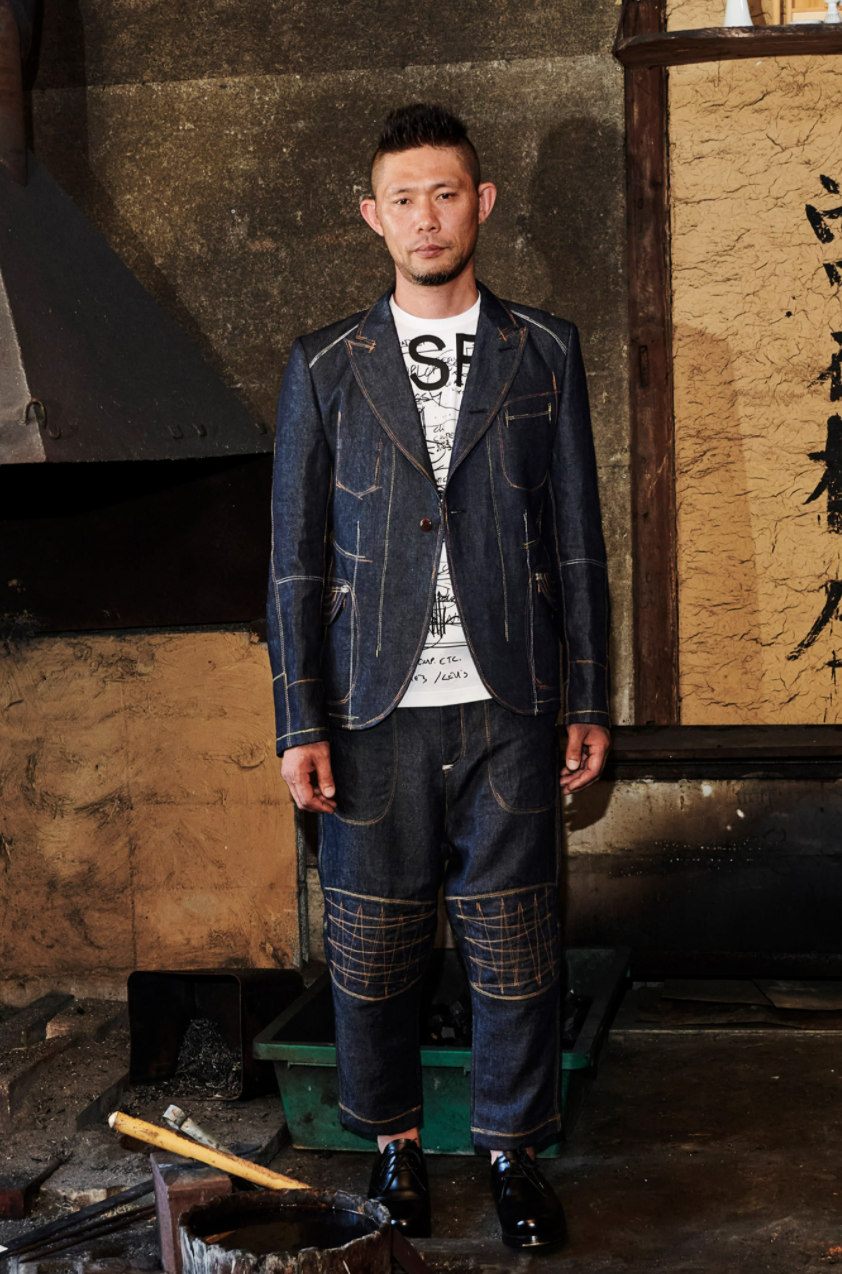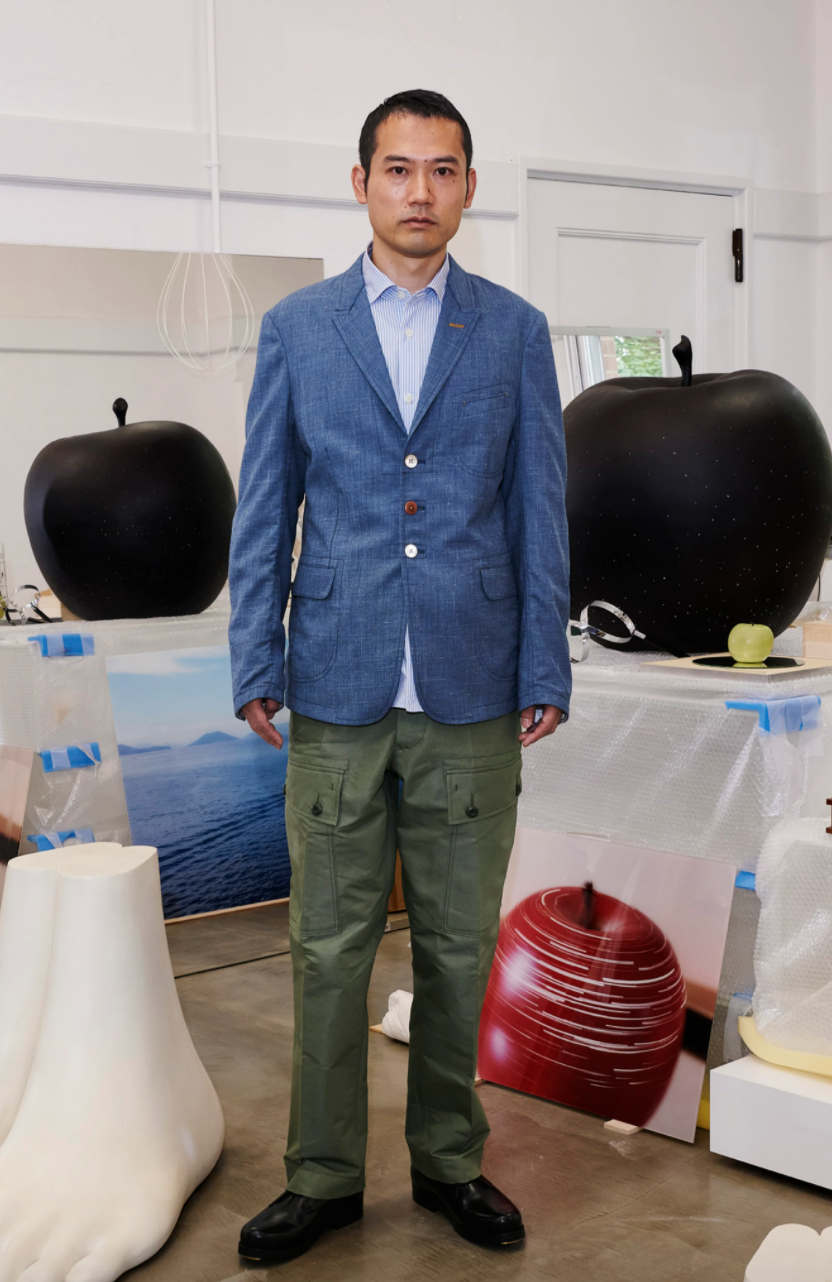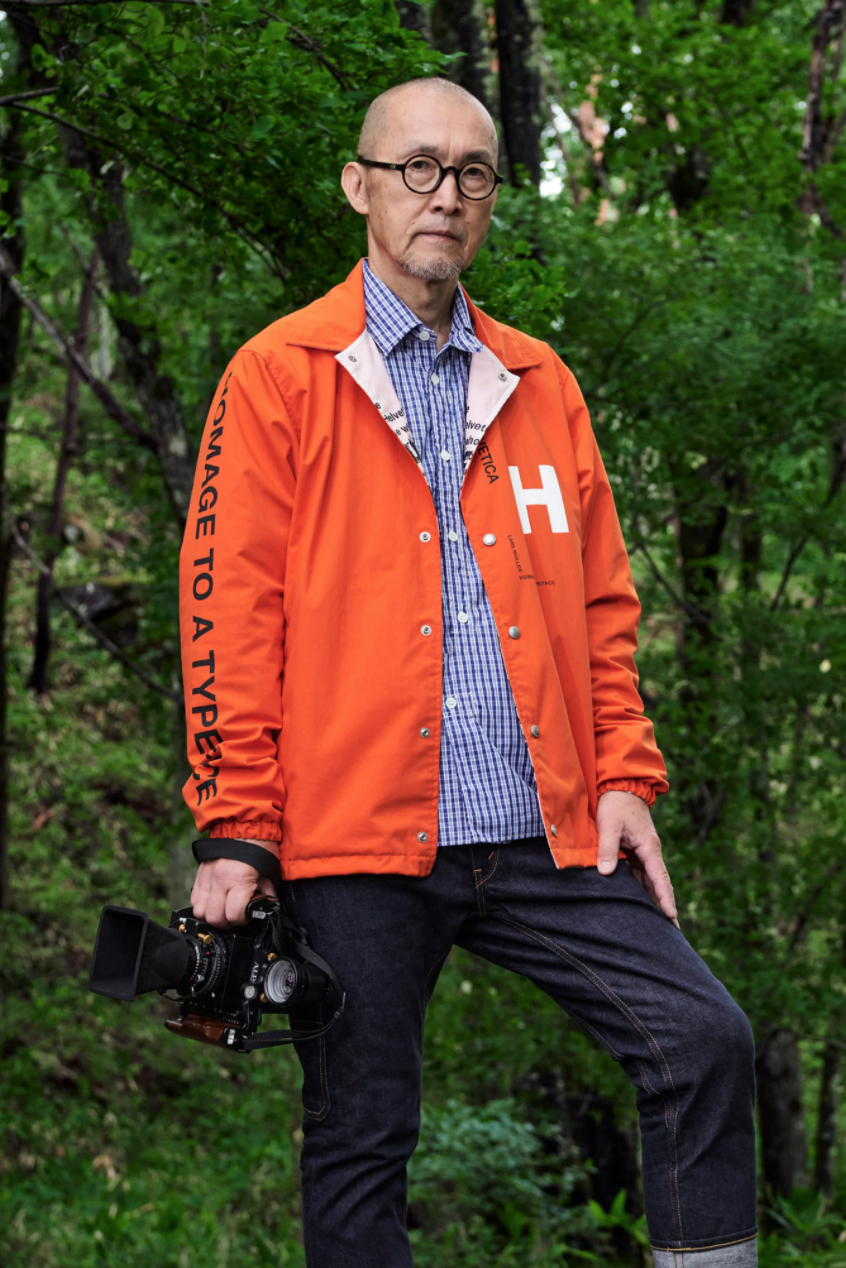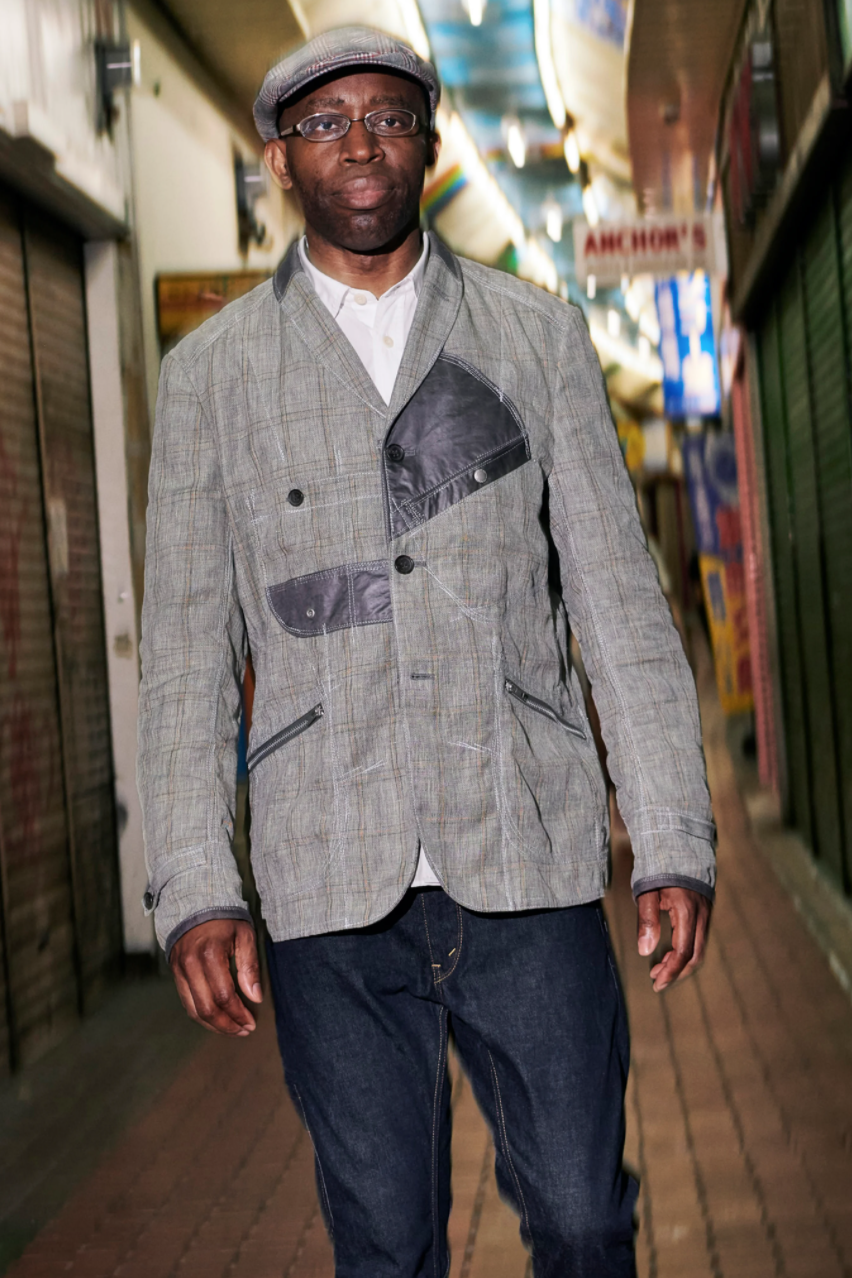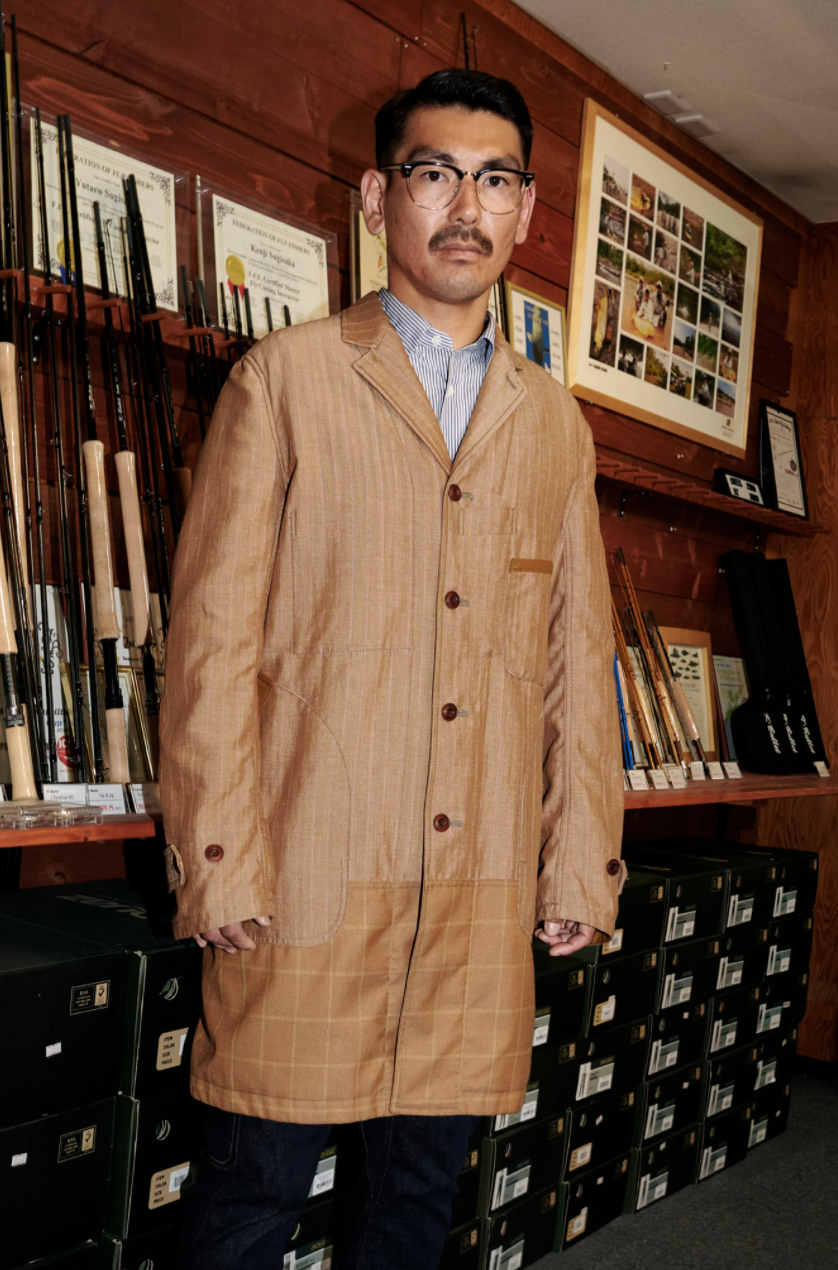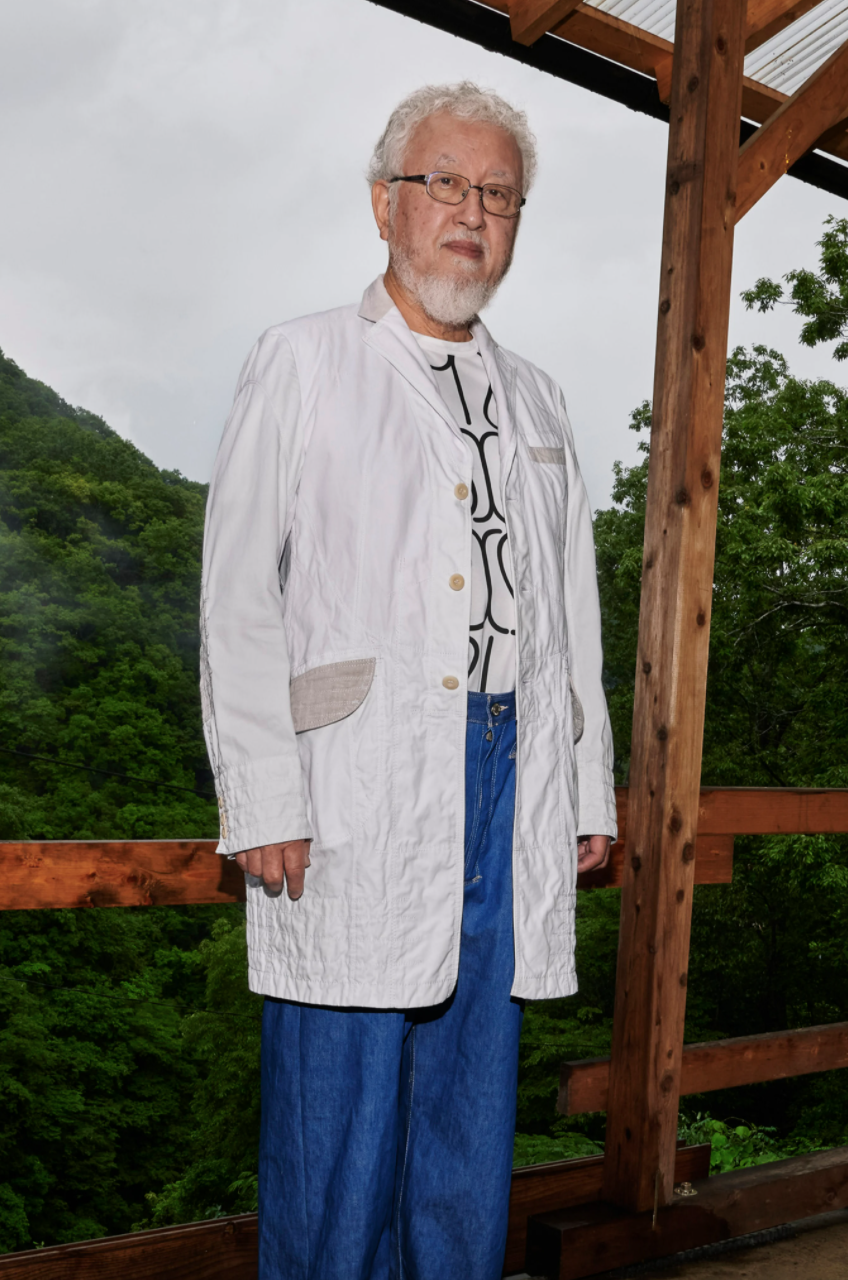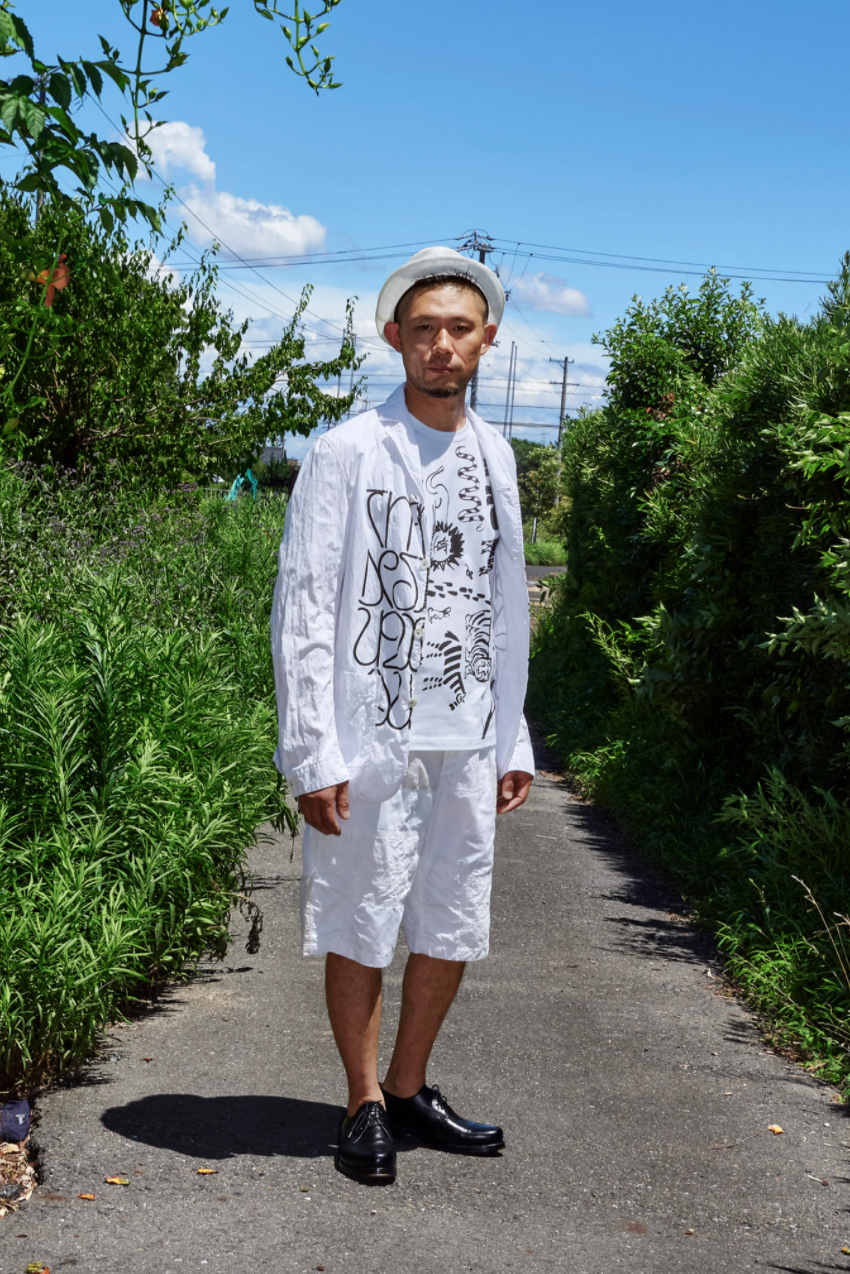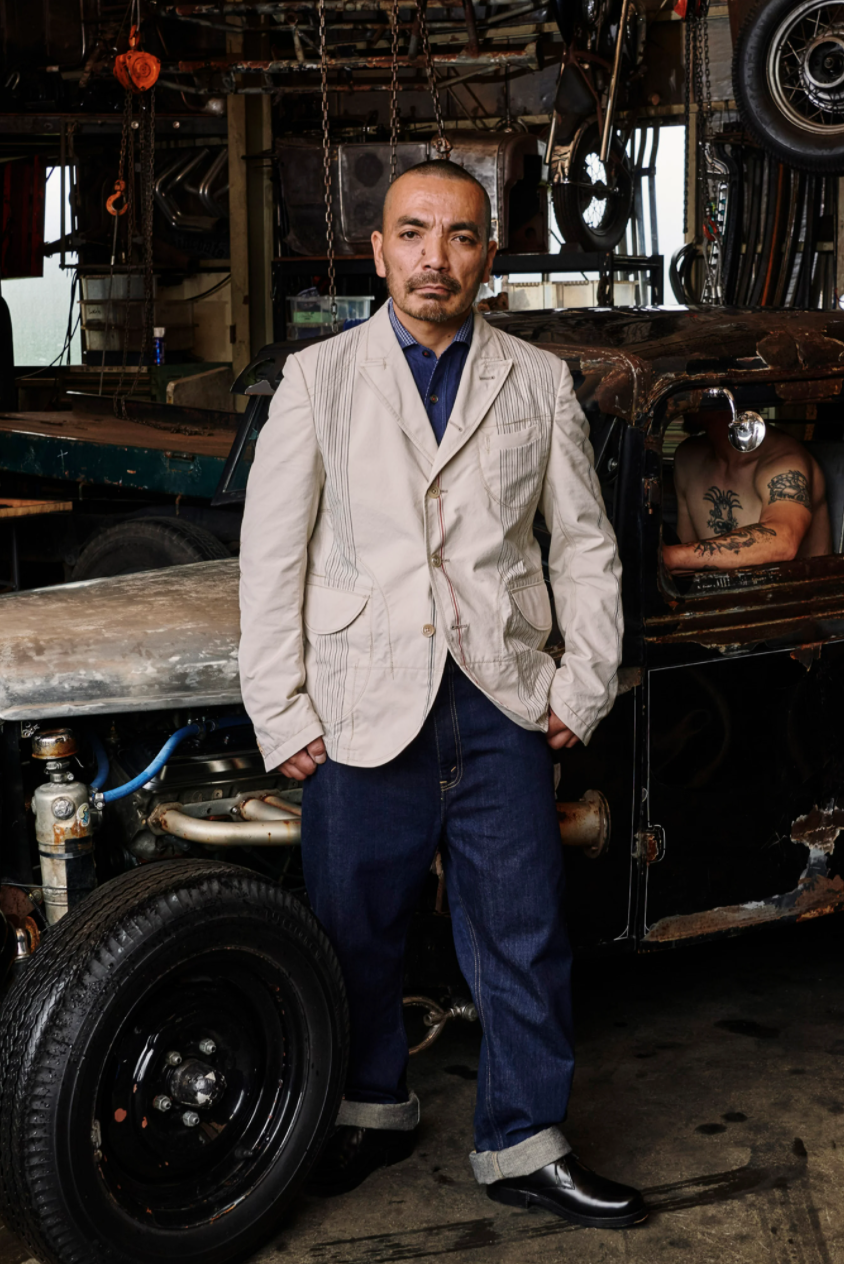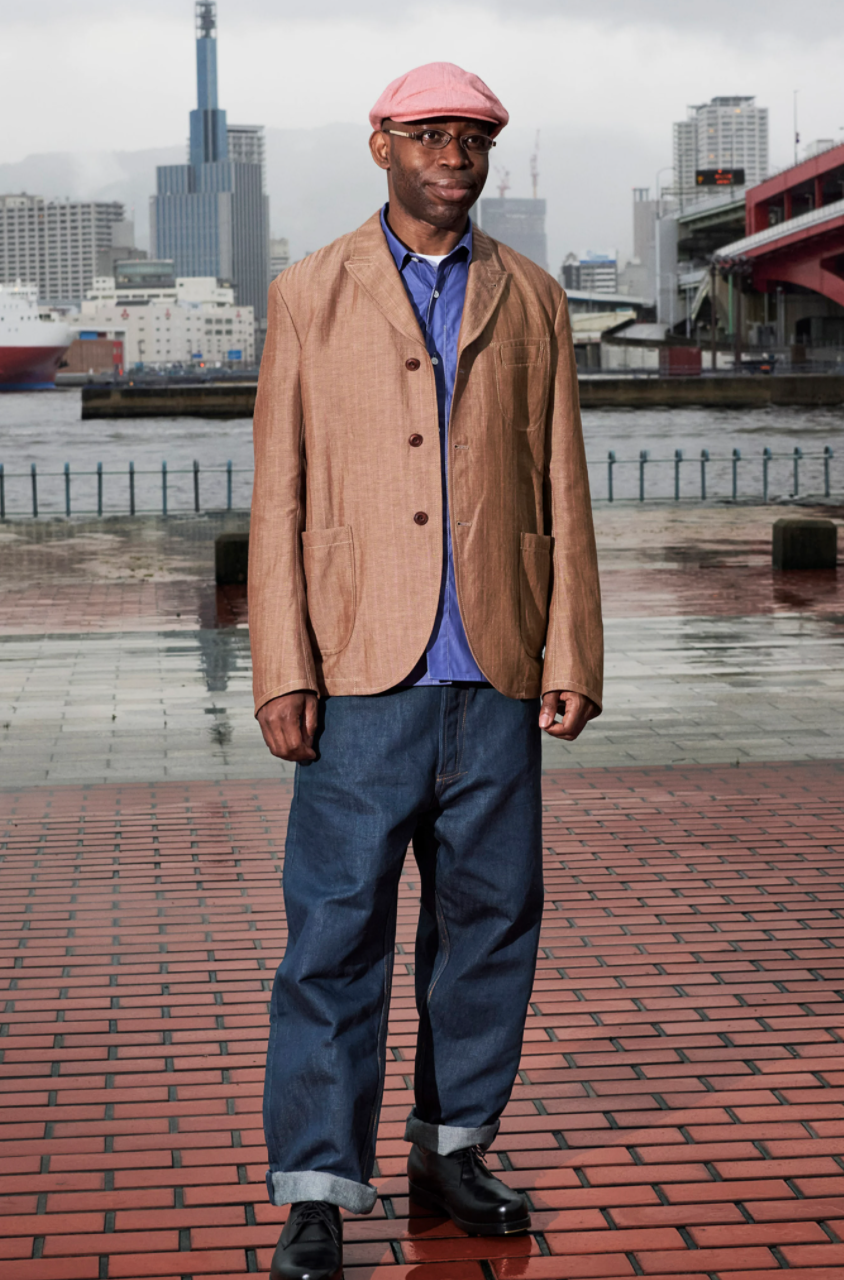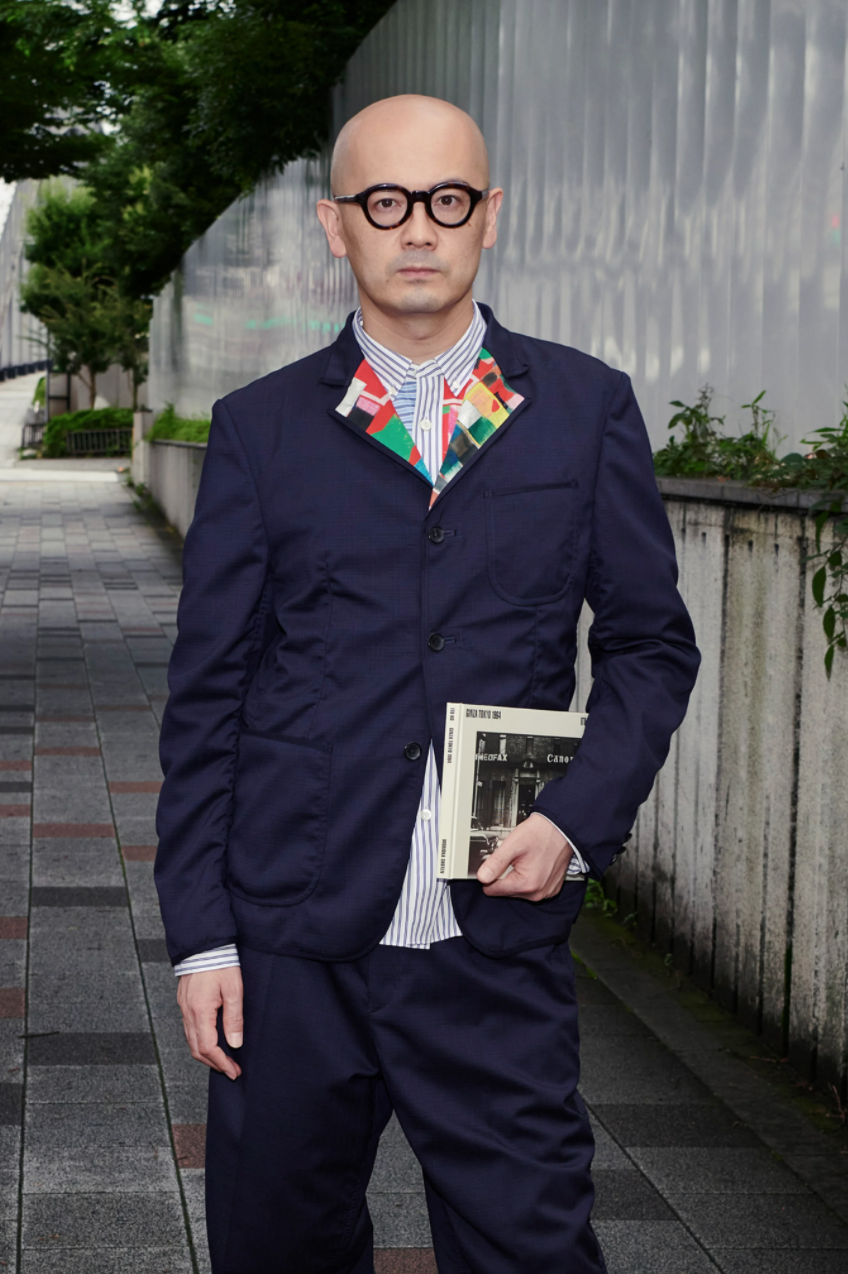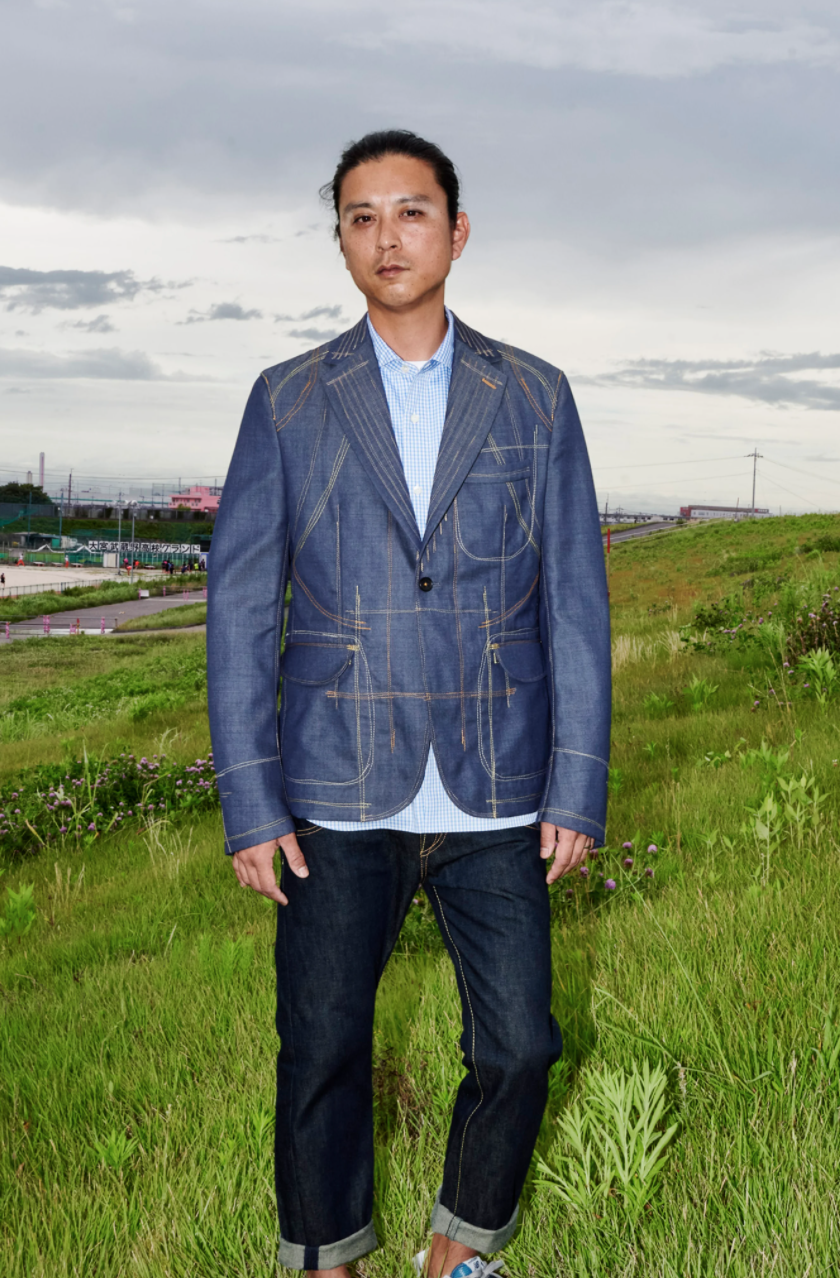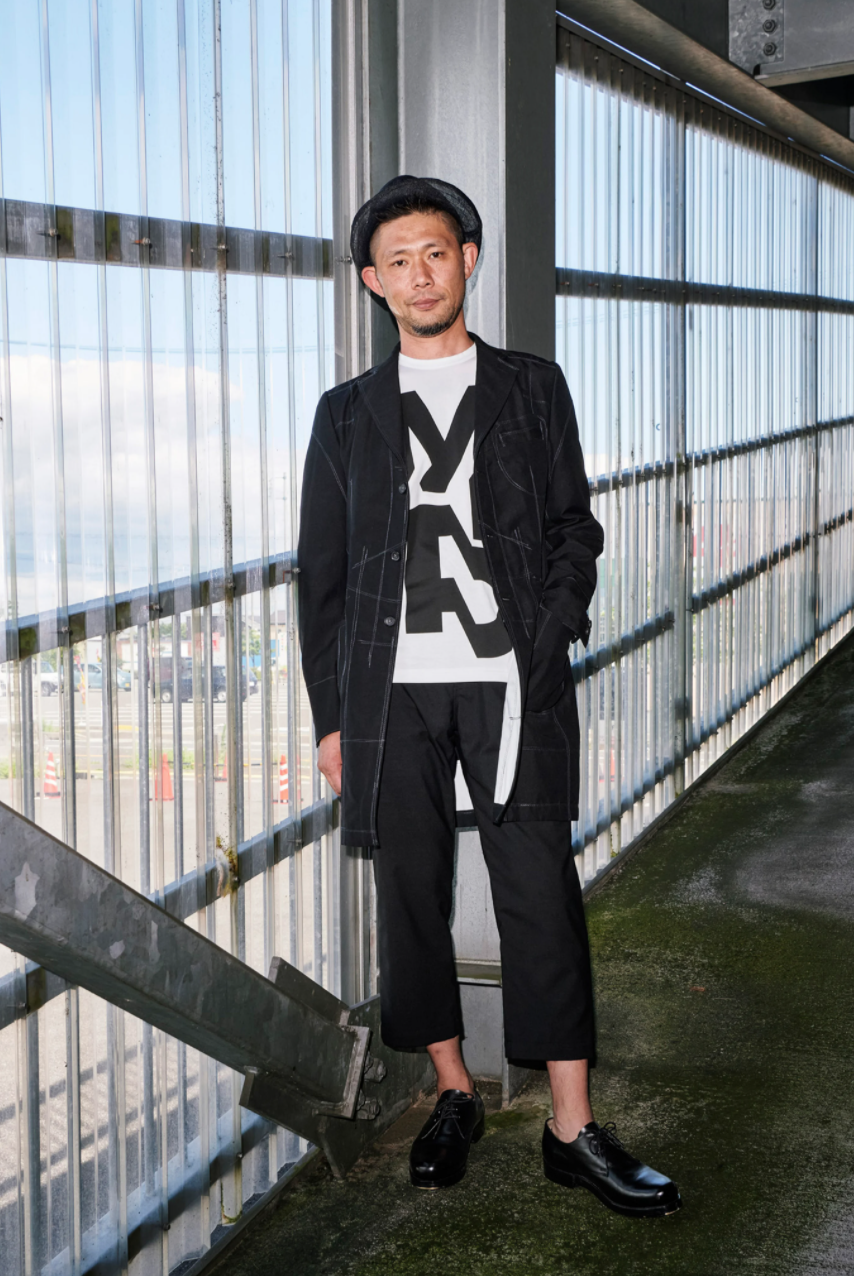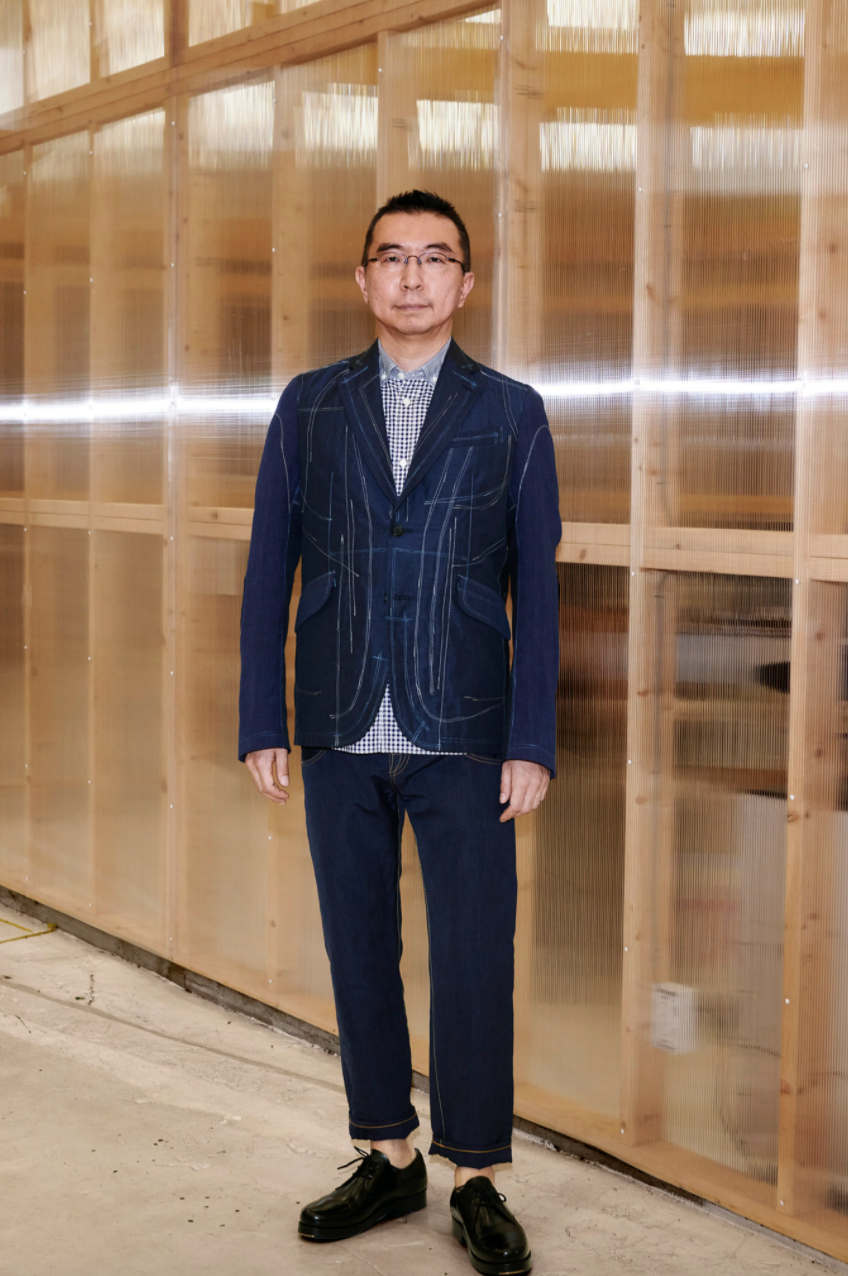Junya Watanabe Spring 2021 Menswear
/See these dudes? Get ready for who they are: Yusuke Seguchi, a master sushi chef; Taro Osamu, samurai swordsmith; Yutaro Sugitsara, professional fly-fisherman; Takaya Maki and Akira Nakamura, automobile mechanics; Masashi Hirao, bonsai master. We haven’t yet gotten to the bottom of the list of the guys—the honored experts in their fields, all over Japan—whom Junya Watanabe approached to be photographed wearing his spring 2021 men’s collection. But you get the gist. In the necessary shift away from the Paris runway format, Watanabe turned to the heroes of highly specialist traditional and technical professions he reveres. “This collection is designed for people who pursue their work with a sincere attitude all over Japan, and all over the world,” came the explanation. “People who demonstrate a certain authenticity and humility.”
Hardworking clothes for hardworking men—it’s more than a fancy fashion trope in Watanabe’s world. In an important sense, the context of the real-guy look book returns his aesthetic to its rightful roots. For years, his own work has been carving out that ideal masculine space in which the distance between fashion and authentic utilitarian workwear is absolved. Still, while the baseline items—chore jackets, workwear denims, Carhartt khakis, carpenter coats—are durable and fit for purpose, there’s an undeniable romanticism about them. In the middle of a pandemic, with so many people stuck working on screens at home, the valorization of manual skills, of men who get under cars, forge swords, and fish rivers seems all the more vividly poignant.
In his own time of confinement, Watanbe also found room to praise the cool men who uphold social life in Japan, saluting the Kobe bar owner Agobe Osamwentin and the Harajuku DJ-producer Bryan Burton-Lewis. A subtext threaded through these portraits of modern manhood was a list of books Watanabe has on his shelves. You don’t see that overtly stated in this collection, but the print and pattern he used refers to the graphic artists (and other design creatives) whose work forms his pantheon of idols. Coded and loaded with solidarity for what matters, he called this collection a “Manual.”
Source: Vogue
FASHIONADO

